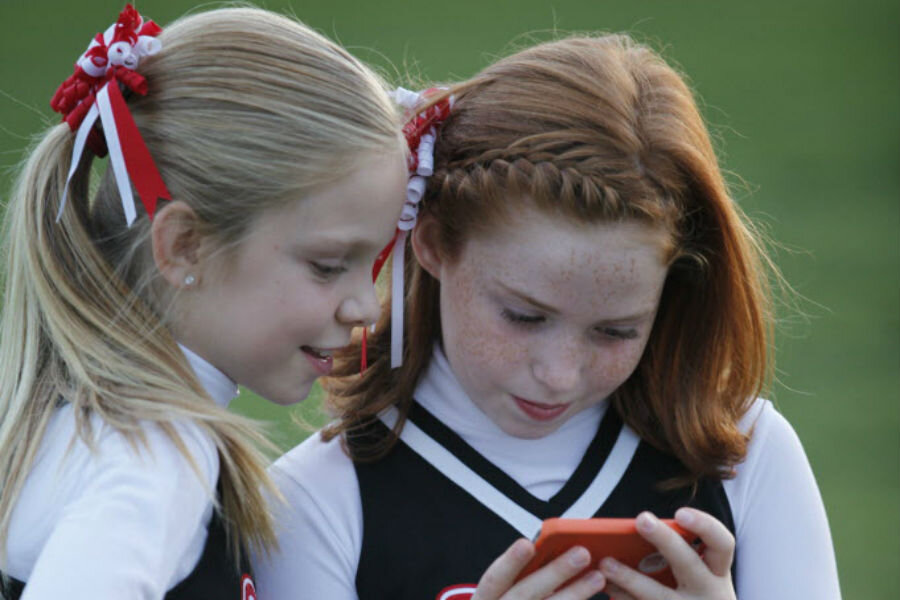'Haha' vs. 'LOL': What your style of e-laughter says about you
Have you typed “LOL” in the past week? If so, you might be a 28-year-old woman from Phoenix, Ariz.
A new Facebook study aimed at dissecting the demographics of “haha”-ers, “LOL”-ers, “hehe”-ers, and emoji enthusiasts has found distinct patterns of usage within different genders, ages, and geographic locations.
The results of analyzing a week’s worth of Facebook posts and comments showed that out of the 15% of people who used some form of e-laughter to express amusement, 51% of people chose the standard “haha.” Thirty-three percent relied on emojis, and 13% channeled their vaguely mischievous side by “hehe”ing. “LOL,” the iconic acronym for “laughing out loud,” brought up the rear with a mere 1.9%.
“LOL,” once the face of teen textspeak, is now favored primarily by the oldest demographic of Facebook laughers, with a median age of about 28. Emoji smiley faces are used most frequently by the youngest subset of Facebookers, typically those in their teens and early twenties. “Haha” and “hehe” occupy the space in between.
The study found clear preferences when it comes to gender as well. Women are more likely to use emojis and “LOL”; men more likely to type out a “haha” or “hehe.”
Where you live may also play a role. Emojis are most frequently used in the Midwest, whereas “haha” and “hehe” thrive on the West Coast. “LOL” usage is highest in Southern states, particularly in the city of Phoenix, Ariz.
Within these categories of e-laughter, there are additional nuances. “Haha” and “hahaha” are far more common than “ha” or “hahahaha,” and the same pattern holds true for “hehe” and “hehehe.”
In an article for The New Yorker titled “Hahaha vs. Hehehe,” Sarah Larson describes individual “ha”s as building blocks “with which we can construct more elaborate hilarity.”
According to Ms. Larson’s breakdown of the “haha” hierarchy, an individual “ha” is a respectful acknowledgement that a joke has been made. “Haha” indicates that you’re “genuinely amused; “hahaha” that you’re “really amused.” And “more than three ‘ha’s are where joy takes flight.”
But how closely do these levels of e-laughter correlate to real-life laughter? In the Los Angeles Times, Michael Krikorian argues in an op-ed that expressions such as “LOL” and “haha” have evolved from their literal meanings into “texting's go-to replies, a vaguely complimentary, vaguely condescending way to acknowledge a text has been received.”
Krikorian compares sending a “haha” text to faking an obligatory polite laugh when somebody tells an unfunny joke at a party. Texting or online communication, with its lack of visual or verbal cues, simply makes it easier to mask the fact that you don’t actually find the joke laugh-out-loud funny.
Of course, some messages do elicit genuine mirth. But even these are rarely met with a real-life “hahaha,” Krikorian points out:
“Walk down any street and people have their heads down, staring at their phones, texting or looking at texts,” he writes. “None of them is laughing out loud. They aren't even smiling. They might be typing haha or LOL, but they are not living the text, not texting the truth.”







